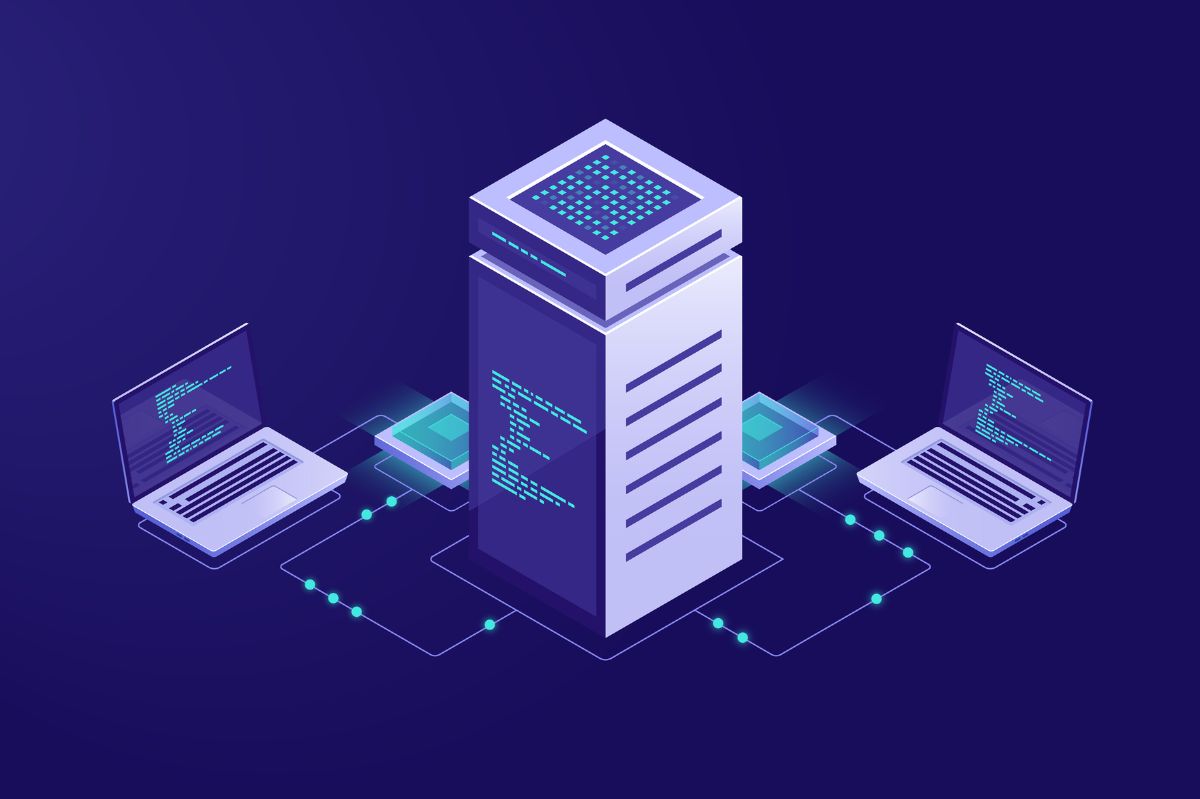Data backup is such a vital process for corporate security that even a memorial day has been dedicated to it: World Backup Day is celebrated on March 31 of each year. Yet, still, too often, companies need to consider the backup data procedure of secondary importance. The numbers speak for themselves: in the world, 99% of organizations do not perform daily backups, while 60% of the backups performed are incomplete, and in 50% of cases, the recovery is not successful.
Table of Contents
Data backup: a question of quality
If the need to adopt a constant data backup process is undeniable, equally important is the quality with which this procedure must be performed to avoid falling neither into that 60% nor into that 50%. So what needs to be done to create a truly effective data backup that cements the data to be stored? Here is the checklist of tips every CIO should consider for a successful data backup strategy.
Choose the strategy
Many strategies could be adopted in data backup: among these, differential, incremental, first-in-first-out (FIFO), and tower of Hanoi with three, four, or five are the most common. Each of these is to be considered valid: what must be considered when choosing the path to take is the specificity of one’s company. Having done this, having chosen the type of plan to follow, it is essential to respect the strategy most rigorously. Having selected the strategy based on one’s own evaluations, one must remain adherent and faithful to it.
Choose your destination
The backup destination is as important as the backup itself and should not be limited to one solution. USB external memory, tape, Cloud: also, in this case, choices and combinations vary according to need, but these are considerations to be made a priori and without changes during construction unless these are planned in time.
Labels required for data backup
Labeling backup media – if these are removable and interchangeable – is a mandatory step to be done with rigor and discipline. First of all, it is necessary to choose an accurate nomenclature and then elaborate on the appropriate descriptions of the content and frequencies of use, as well as any notes on errors or damages reported.
Testing the backup
To be sure of the effectiveness of the process, the data backup should be tested at fixed appointments: a real test on the recovery is recommended to evaluate not only the quality of the data backup but also its integrity and timing, an aspect which we always tend to underestimate. Because when it really comes time to restore a system, what, unfortunately, is missing is just the time.
Source control
The quality of a data backup depends, above all, on the quality of the sources of what is being archived. It is, therefore, necessary to always have a full understanding of everything that is managed by the data backup system: everything that, essentially, will or will not be found in the recovery phase. The solution of carrying out a data backup of the entire system is certainly advisable and feasible, but behind such a seemingly simple concept, there are actually particular technical choices that must be carefully planned.
Choosing the right partner
A data backup cannot be improvised: it is planned, studied, and developed. It is an activity that requires an enormous investment in terms of time and skills, to the point that most companies should rely on specialized companies that can offer the necessary skills and resources. A choice that can lead to considerable savings, even in the short term.
Also Read : Work-life Balance And Smart Working, What Management Should Not Underestimate







